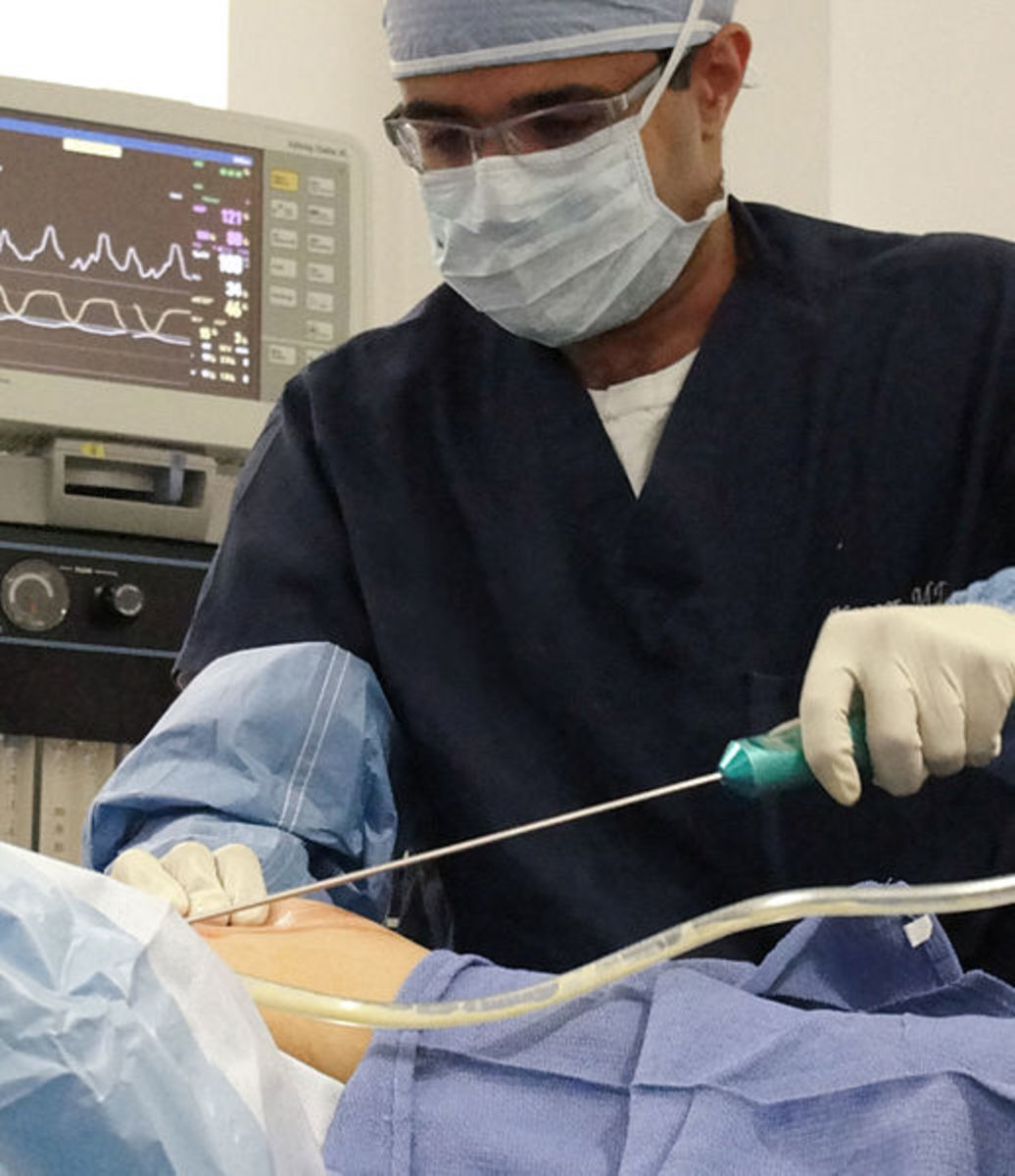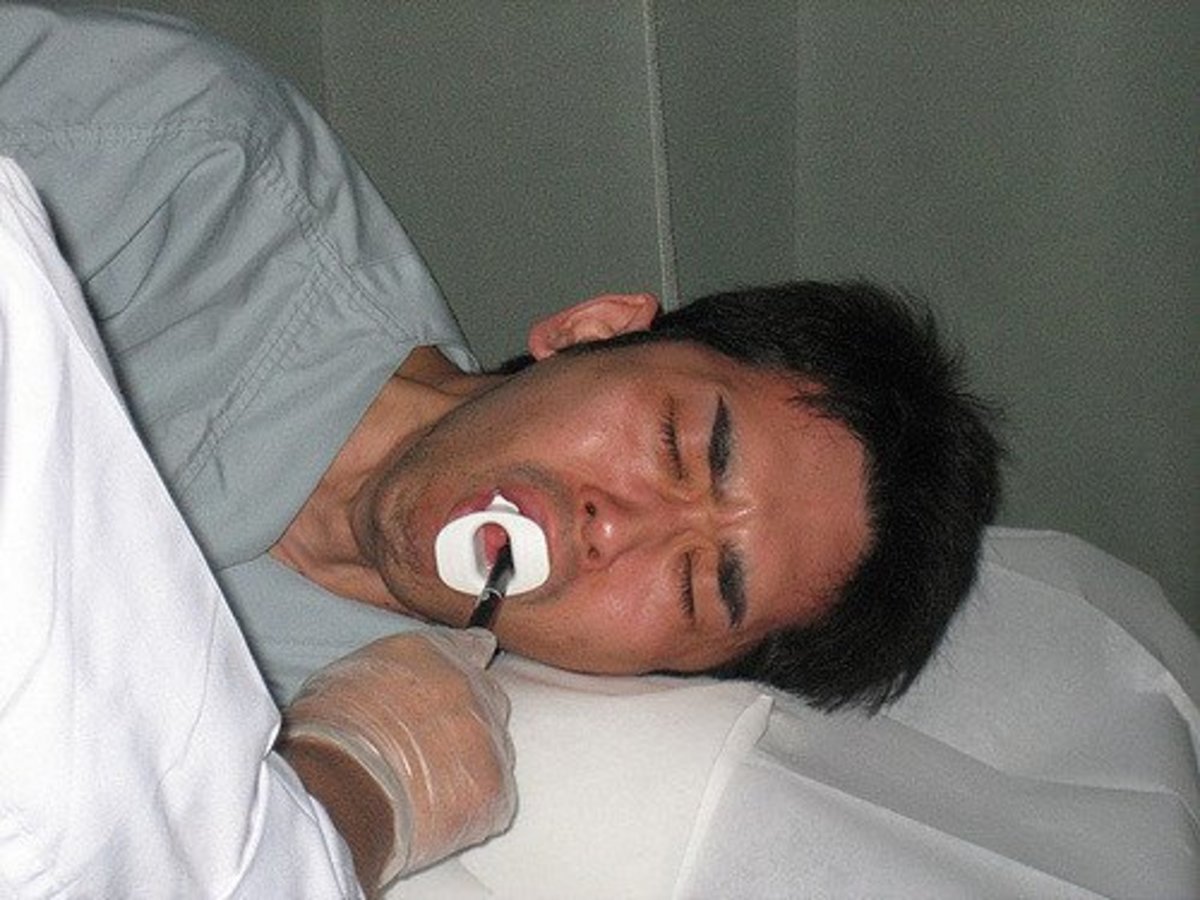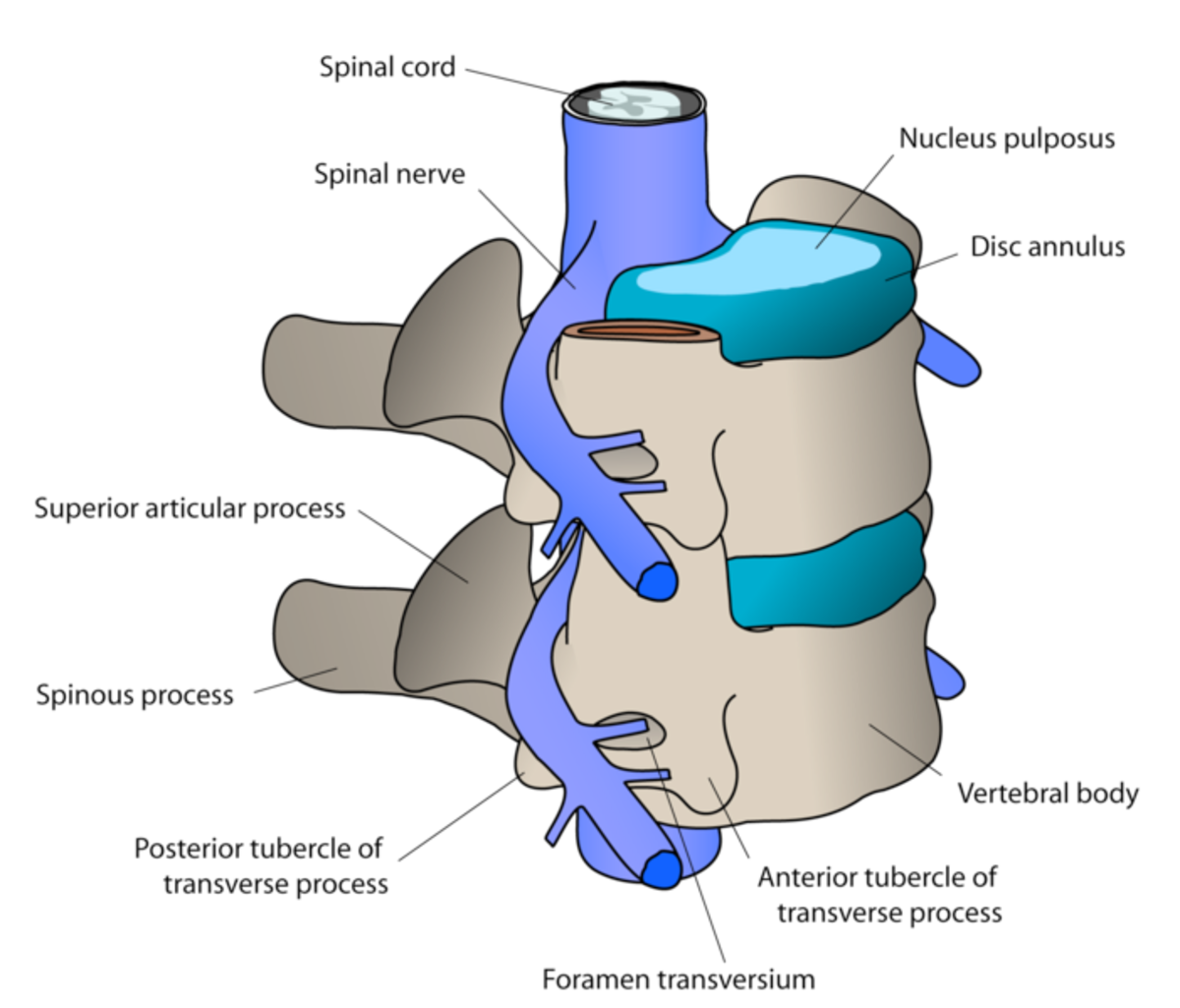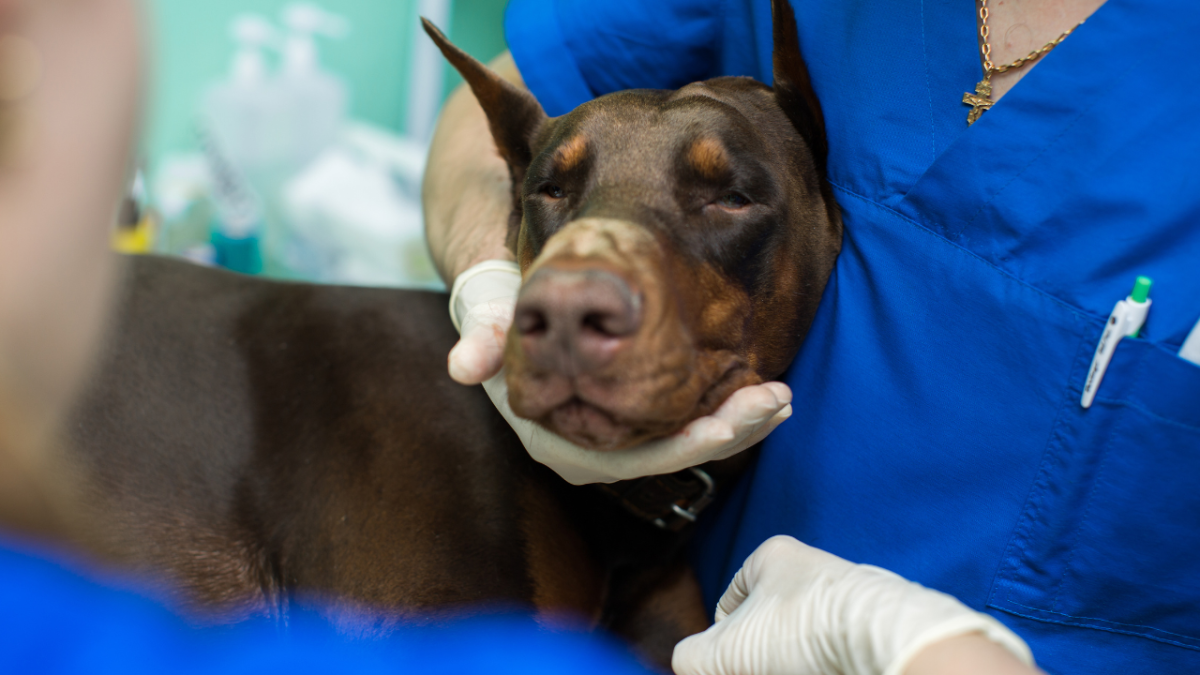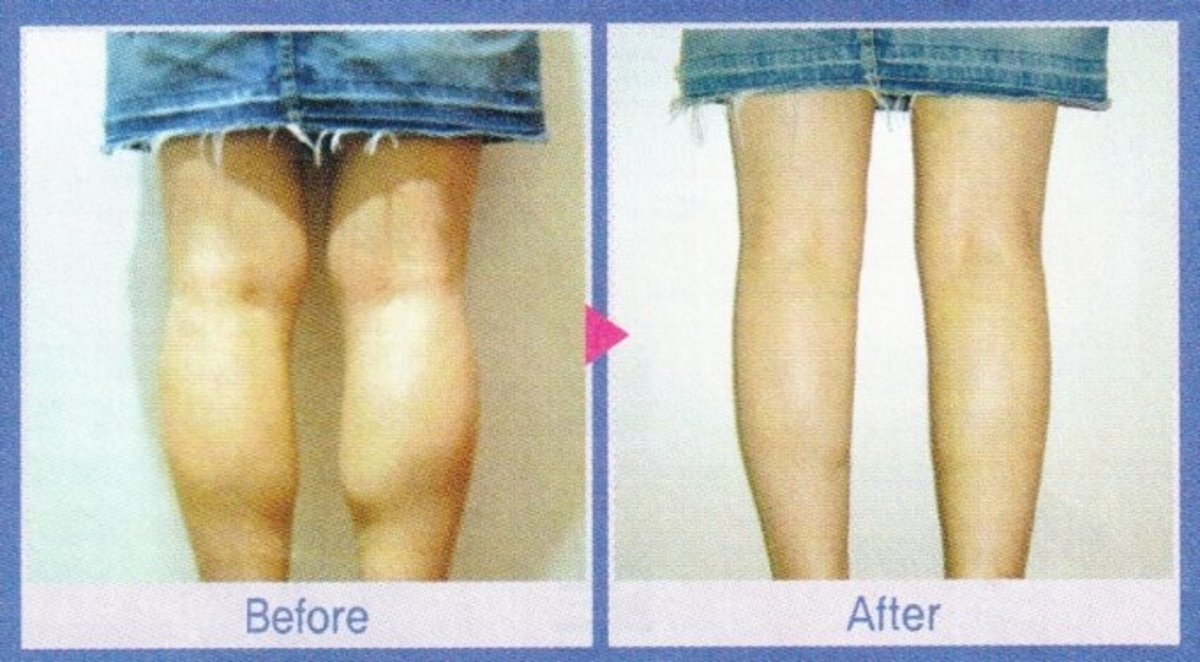How Tumescent Liposuction Can Help Remove Excess Fat
Perfect Timing
This question from Simone has come at the right time because a friend of mine who underwent lipoplasty or liposuction recently was apprehensive about the procedure and the after-effects. I did a thorough research on Google; also consulted a friend who is a doctor and got information that she found helpful. When this question came up on HubPages, I modified my report appropriately so as to present it as a hub.
What is Liposuction?
The days when liposuction was considered a fat removal procedure with the danger of developing many complications are far behind. Today, it is one of the most resorted to methods in the field of cosmetic surgery, in order to enhance the looks of an individual with the least risk. The reason for this is that liposculpture and body contouring have gained a lot of popularity with improved methods for fat reduction in the body with a few or no side-effects, making liposuction the most wanted fat removal procedure performed today.
It is very important to understand that liposuction is not a replacement for diet and exercise. It is not a weight loss method either. It is meant for an individual with localized areas of fat in the abdomen, thighs, hips, breast, buttocks and elsewhere in the body. It is a method used to bring the body contour to the desired shape.
About Tumescent Liposuction
The scalpels that were once used to scrape fat away from the body have been replaced by the present day microcannulas which ensure the safety of the patient. Liposuction or lipoplasty involves removal of excess fat in the body using a cannula which is a hollow tube and an aspirator for suction. Local, general or IV sedation may be used.
Tumescent liposuction or liposculpture or simply lipo as it is more commonly called, is a technique in which a local anesthetic (usually lidocaine), a vasoconstrictor (epinephrine) and a salt solution are injected into the subcutaneous fat to be removed, making the injected area tumescent or swollen and firm. Local anesthesia is considered safest for the body sculpting procedure.
How it Works
Microcannulas make tiny incisions on the skin, making the procedure less invasive. Epinephrine constricts the blood capillaries ensuring a minimum loss of blood during the procedure. The saline solution loosens the fat tissues and helps reduce bruising. Local anesthesia also keeps the patient awake, which is helpful in 3D body contouring as the patient can be moved around to bring about the desired effect. It is very important to monitor the levels of lidocaine used during liposuction to ensure safety of the patient.

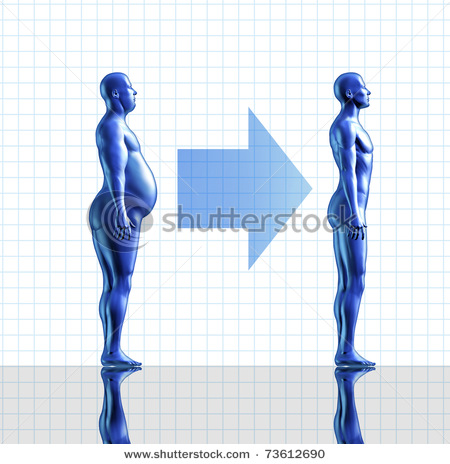


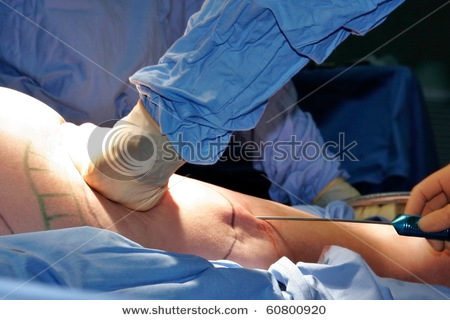
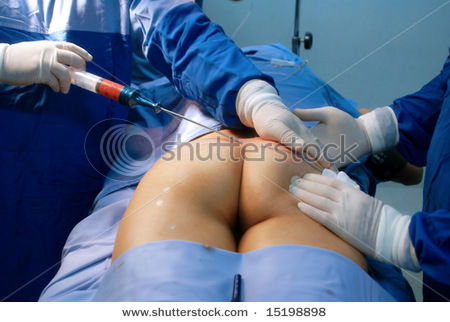
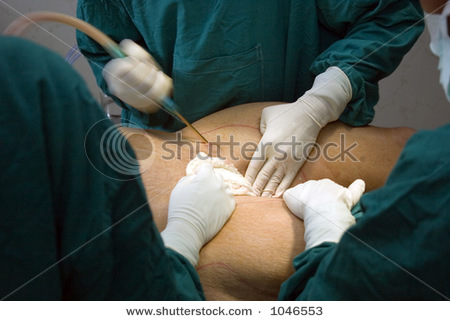
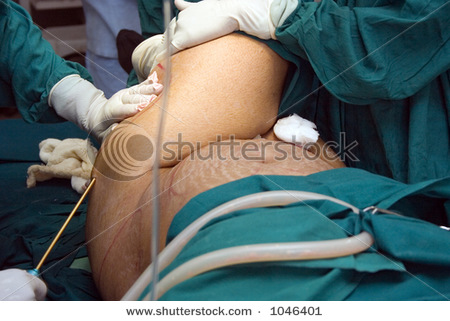
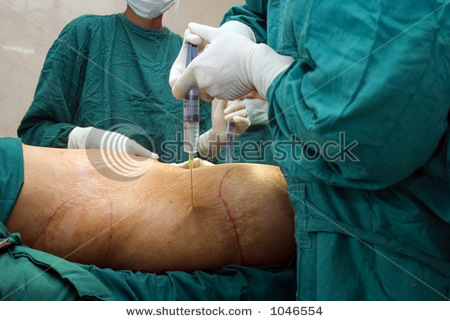
Benefits of Liposculpture
With these improved measures in performing tumescent liposculpture, more and more people are opting for abdomen liposuction, breast liposuction, knee liposuction, inner thigh liposuction and many more, which have many advantages.
- Liposculpture enhances the appearance with minimal bruising and the least loss of blood.
- It has a short recovery time involved, as the patient can get back to routine work within a few days.
- With the use of microcannulas for tiny incisions, there is very little or no skin irregularity after the procedure.
Technological advance in non-surgical medical options is another reason for the popularity of liposculpture.
Guidelines for Liposuction Patients
The medical community has noticed a marked increase in the liposuction procedure in the past few years. This is certainly because of the priority given to safety in this method of fat reduction. The safety of this procedure depends largely upon certain guidelines which should be followed.
- The patient should disclose the entire medical history to enable the cosmetic surgeon to determine the eligibility of the candidate for the procedure.
- The skill and training of the performing surgeon and the anesthesiologist are very important for a safe procedure.
- The patient should follow the post-operative instructions meticulously in order to maintain the body contour and for a speedy recovery.
However, if the patient is immobile for a long time after the procedure, there is a possibility of a few complications arising, two of the major ones being Pulmonary Thromboemboli (blood clot in the lungs) and Fat Emboli (free fat in the blood stream carried to major organs), usually within 24 hours after the operation. Large volume liposuction patients should be kept under observation and monitored to avoid any major complications.

